If you buy something using links in our stories, we may earn a commission. This helps support our journalism. Learn more. Please also consider subscribing to WIRED
Here at WIRED, we like Sonos speakers. We really do. Throughout the past decade, we’ve reviewed all of the company’s wirelessly connectable speakers, from its small shelf speakers to its TV soundbars, and we’ve recommended every one of them. But turning your home into a Sonos-powered shrine to sound isn’t cheap. Like Apple products, Sonos speakers sell at a premium, starting at $120 for a basic model. But which ones should you buy? Read on for our favorites, from tiny Bluetooth speakers to full home theaters.
Updated May 2024: We've added the Victrola Stream Carbon as another great Sonos turntable option, and we've updated links and prices.
Special offer for Gear readers: Get WIRED for just $5 ($25 off). This includes unlimited access to WIRED.com, full Gear coverage, and subscriber-only newsletters. Subscriptions help fund the work we do every day.
Best Overall Sonos Speaker
The Sonos Era 100 (9/10, WIRED Recommends) is our favorite Sonos speaker, for its perfect blend of sound and features. It’s the same shape and size as the Sonos One that came before, which means it easily blends into most spaces. The speaker comes equipped with a volume slider and a play-pause button so you don’t have to take your phone out whenever you want to control it. It has a USB-C input as well, along with a switch on the back of the speaker to manually disable the built-in microphone for privacy.
The Era 100 has large woofers and angled tweeters that create real stereo sound, along with a fast processor that allows the speaker to receive software updates for longer. WIRED senior editor Parker Hall says the speaker sounds noticeably better than the two generations of Sonos One speaker that came before it. It packs a punchier, more defined bass, crisp definition, and room-filling sound. There’s also a room-tuning feature that adjusts the audio based on where you put it (but this works better on iOS devices). We’re also happy to see the addition of Bluetooth pairing, in addition to Wi-Fi, so you can stream audio without a Sonos account and also pair it with a phone easily.
If you're looking for a less expensive speaker that's also free of microphones, the Sonos One SL is a solid alternative. You can only control it from your phone or the touch buttons on it (and you don't have to worry about someone listening in to your home). The SL is also a good way to add more satellite speakers to your home.
Best Speakers to Fill Out a Room
In 2022, Sonos reunited with Ikea to release a second-generation version of its bookshelf speaker. At $130, it's a bit pricier than its $99 predecessor, but it does come with a few upgrades, including an increase in memory and a faster processor. We still have yet to test the second-gen model, but we did like the first-generation version.
You can mount it right to your wall or stand it upright on a bookshelf or table. And if you want to network a few speakers together for a larger room, or connected rooms, this is the cheapest way to do it. It doesn't directly take audio commands, because it has no mic, so you'll need a Sonos One, Sonos Era 100, Google speaker, or Alexa speaker that you can yell at if you want to control it with your voice. Other than that, it does everything you'd want a Sonos to do.
As with the first model, the second-generation Symfonisk Speaker Lamp has great sound, and it makes for a nice addition to any room. I keep it on the media console in my apartment. The lamp gets bright enough to light the living room, and I love using the speaker to listen to podcasts every morning. It also has a more modern and elevated look compared to its predecessor—with glass shades that come in both black and white. But it's a fingerprint magnet. I'd recommend the textile shade ($240) if that'll bother you. My only gripe is that it lacks a microphone, so you can't control it using voice commands. You can, however, connect it to an Amazon or Nest smart speaker to take advantage of the smart assistant support. If wall art is more your style, Ikea offers the Symfonisk Picture Frame with a built-in Sonos Wi-Fi Speaker for $260.
Best Large Speaker
The Sonos Era 300 (9/10, WIRED Recommends) has a rather awkward and startling appearance (we think it looks like a robot's butt), but the sound quality makes up for it. Under the hood are six speaker drivers, four tweeters, and a couple of mid/bass drivers—all of which deliver detailed, big, and confident sound. The standout feature, however, is spatial audio. With sound that spreads in all directions and for a substantial distance without lacking definition, we think the Era 300 surpasses the Apple HomePod by a wide margin when filling rooms. It's worth noting that it supports Amazon and Apple's spatial audio catalog, but not Tidal's library of Dolby Atmos content.
As with the Era 100, the Era 300 has physical controls including a volume slider, play/pause, skip forward/backward, and voice-assistant interaction (with a choice between Amazon Alexa and Sonos Voice Control). In the back, you'll find a socket for power, a switch to mute the mics, a USB-C auxiliary input, and a button for Bluetooth pairing (which means you don't have to use the Sonos app to control it). If you opt for the Sonos companion app, you can adjust EQ, tune the speakers to your environment via the TruePlay feature, and pair other Sonos speakers together.
Best Portable Speaker With Bluetooth
The Sonos Roam (9/10, WIRED Recommends) is the company’s smallest and most portable speaker. With built-in Bluetooth connectivity (it's one of our favorite Bluetooth speakers), you can easily throw it into a tote bag and play music on the go. Using the Sonos app, available for Android and iPhone, you also have the ability to stream from major services like Spotify, Apple Music (with support for AirPlay 2), Tidal, and more. And you can control the speaker via voice commands using Amazon Alexa or Google Assistant.
It may not offer audiophile-approved sound for its stature, but it's still fairly impressive. The dual-driver system, subwoofer, and tweeter work in tandem to provide a bold bass and clear highs—with zero distortion when the volume is cranked up. And with up to 10 hours of listening, it'll last you a full beach day—and then some.
The Sonos Move 2 (8/10, WIRED Reviews) isn't as portable as the Roam—it weighs in at 6.1 pounds while the Roam is 0.95 pounds—but the second-generation version comes with a fair share of upgrades (which explains the higher price). It packs 24 hours of battery life (a major increase from 11 hours on its predecessor), a touch interface for media controls (instead of physical buttons), and the option to connect via Bluetooth 5.0 and Wi-Fi (the original Move was strictly Bluetooth or Wi-Fi when in use). It also comes equipped with a second tweeter (both of which fire on both the left and right above the mid/bass driver) and a third digital amplifier—delivering punchy, detailed sound. It's worth noting that, unlike the first Move, the latest version doesn't have support for Google Assistant. You'll have the choice between Amazon Alexa or Sonos Voice Control. It's a solid speaker for those who are already part of the Sonos ecosystem and are looking for a speaker they won't take beyond their living room or backyard.
Best Sonos Soundbar (for Most)
As with the original Beam (8/10, WIRED Recommends), the second-generation Beam delivers impressive sound and has a sleek design. In terms of upgrades, it has a faster processor, support for Dolby Atmos (with compatible TVs and streaming apps) for enhanced sound, and an HDMI eARC port for higher-definition audio. You'll also get hands-free Alexa and Google Assistant, and it works with Airplay 2. You can pair it with a Sonos Sub (an expensive subwoofer) and two other Sonos speakers for surround.
Sonos tweaked the design too, adding a polycarbonate grille to the front instead of a fabric cover as seen on the Gen 1 model. That's supposed to make it easier to blend in with your interior decor. It's $50 more than the previous model, which isn't that much more expensive than the already expensive soundbar. For non-Sonos alternatives, read our Best Soundbars guide.
The standard Sonos Sub will cost you $799 at Sonos. It's superb but expensive. If you’re working with a smaller space, the less costly Sonos Sub Mini is $430 at Best Buy. Don't bother buying surround speakers until you own a Sub, though. It will make a profound difference.
Best Small Soundbar
If you have an apartment or a smaller room, or are just getting started in the soundbar department, the Sonos Ray (9/10, WIRED Recommends) is a solid option for you. The Ray comes in a compact frame, but don’t let that fool you. The soundbar produces clear, crisp sound that easily fills your space with zooms and booms, quiet conversations, and any other moments you wouldn’t want to miss in your favorite movies and shows. Plus, with adjustable settings in the Sonos app, you can configure your ideal listening experience for every song on your favorite album.
This small soundbar easily fits on entertainment centers and dressers, or you can mount it on your wall to free up as much precious space as possible.
Wanna take it to the next level? You can pair the Ray with the aforementioned Sonos Sub Mini to round out the sound in your room. The Sub Mini is wireless (aside from a power cord), so it connects seamlessly to your current system through the Sonos app.
Best for Big Home Theaters
A soundbar can make all the difference in a home theater, and they cost a lot less than a full surround-sound setup. And if you're looking for one that's really powerful, the Sonos Arc (9/10, WIRED Recommends) is the way to go. It has full Dolby Atmos support, and in many rooms, it can bounce sound off your walls and ceiling well enough that it sounds like you have a surround setup.
With three tweeters and eight mid-woofers, it delivers deep bass and has more balance and depth than the Beam. It's also a lot longer, stretching 45 inches, or about the width of a 55-inch TV. Its design is elegant and understated in the usual Sonos way—you won't always notice the bar, but when you do, it's not an eyesore at all.
If you plan to spend the extra money to buy the Arc, we highly recommend you get the Sonos Sub (3rd Gen) for $799. If that’s too much to take on right now, the Sonos Sub Mini for $429 will suffice. It's the second-best investment you can make to improve your home theater experience.
Best Sonos Surround Sound Setup
To enable surround sound with one of its soundbars, Sonos requires two rear speakers, one for the left and one for the right. You can use any two Sonos speakers, as long as they're identical. I’ve used two big Sonos Five speakers ($549) in the past, but it’s overkill. Two Sonos One SL speakers are a better match. They sound just as good.
This is one of the easiest wireless surround-sound systems to set up. Simply place the speakers you choose to the left and right of your couch, then open up the Sonos app, add a surround speaker, and follow the instructions while the software does the rest. They don’t add as much benefit as you get from a Beam and Sub combo ($1,233), but if you watch a lot of movies and want to hear things like TIE fighters flying over your head in Star Wars, you’ll like the extra surround.
For cheaper surround: You can also get a cheaper Sonos soundbar and subwoofer combo ($1,233) and use two Sonos-made Ikea Symfonisk speakers, which also sound outstanding for this purpose.
For better surround: If your room and budget are large, the Sonos Arc Surround bundle costs $2,096 at Sonos. It's one of the best-sounding setups you can own.
A Sonos-Integrated Turntable
This Stream Onyx (8/10, WIRED Recommends) is a little different than the rest of Victrola's offerings—it streams exclusively to Sonos speakers. It's super simple to use too. Simply plug in the power cable and you're all set to stream audio from the record player to your Sonos-compatible speaker. It also packs an analog stereo RCA output—so you can use it like a traditional record player—and an Ethernet port to connect to your network.
WIRED product reviewer Eric Ravenscraft paired it with the Sonoas Era 300 and said the sound quality was excellent. He says “The clicks, pops, and texture of playing a record came through just as clearly as they would from analog speakers.” His main gripe, however, was the insubstantial dust cover. Rather than a case that seals the platter in (which is found on most record players), the Onyx has a small plastic cap that leaves a lot of space between itself and the record player. This causes dust to slip in from the sides.
It's also tough to ignore the $600 price tag, which is a couple of hundred dollars more than comparable record players out there. We don't recommend purchasing the Onyx and Sonos speakers simultaneously. This is a solid turntable for those who already own a Sonos system and want to remain within that ecosystem.
The Stream Onyx isn't the only game in town when it comes to Sonos-enabled turntables, just our favorite for most people. We’ve also tried and liked the Victrola Stream Carbon, which has higher-end features like a carbon fiber tonearm and Ortofon 2M Red cartridge. You might not notice the difference when streaming through a Sonos speaker, but if you have a hybrid setup that you sometimes play through nicer amps and speakers, it might be worth it to get a single, nicer turntable like this one. We recognize that Victrola is best known for its cheap, entry-level models, but this is a higher-end turntable with excellent fit and finish—don’t let the name fool you.
Sonos Accessories
Sonos has some accessories. The company has worked with Sanus on stands before, and it sells a shelf and stands for its smaller speakers.
Sonos Shelf for $59 at Sonos: This shelf is reversible, so you can place a Sonos One or One SL on the left or right. It has an indent so the speaker fits right in, and it hides the cord and directs it through the bottom. Be sure to check out the Sonos/Ikea Symfonisk bookshelf speaker before you buy. It's more affordable and can hook right to the wall and act as a shelf itself.
Two Sonos Floor Stands for $249 at Target: The official Sonos stands are a good option if you plan to use a pair of Sonos One or One SL speakers for surround sound but don't have adequate shelving near your couch.
Two Sanus Floor Stands for $80 at Amazon or Sonos for $120, or wall mounts for $70: These stands are an affordable option if you plan to use a pair of Sonos One or One SL speakers for surround sound but don't have adequate shelving. The wall mounts are also subtler, if that's something you're looking for.
Longer (or shorter) power cables at Sonos: Depending on your power outlet situation, you may need a longer cord.
Other accessories at Sonos: Sonos sells a variety of niche accessories that may help, depending on your setup.
What’s WIRED About Sonos Speakers
After flooding my home with every Sonos model you can buy (and filling all remaining space with the boxes of said speakers), then using them for a couple of years, we've come to value their audio fidelity and ability to seamlessly network together. Here are my favorite aspects of Sonos:
Simple setup: The Sonos app guides you through the process of starting a new system or adding speakers to an existing one. There isn’t another speaker system that lets you string together multiple speakers as easily or connect them to stream in different rooms of your home while keeping the audio perfectly in sync. The closest thing may be Google Assistant speakers, and Sonos connects to that system as well.
Easy streaming: The Sonos app supports almost every streaming service in existence, and many apps, like Spotify, let you stream to Sonos speakers within them. The Sonos ecosystem can also handle home-theater applications and can support a full surround-sound setup.
All major voice assistants: Unlike most "smart" speakers, Sonos speakers will connect to any one of the big three voice assistants: Amazon's Alexa, Google Assistant, or Siri via Apple Airplay 2. You have to choose one assistant at a time, but they're mostly fully functional, with the exception of some phone-call functionality through Alexa and playing white noise through Google.
They sound fantastic: Sonos speakers are all high-quality and deliver consistent, appealing sound. It’s easy to argue that Sonos hardware is too expensive, but it's difficult to fault the sound. Not every Sonos speaker is the same, but they have an elegant synergy and sound that no other speaker system seems to have. If you have a few speakers in a room, it’s hard to tell where the sound is coming from. The crystal-clear music engulfs you.
Spotify voice controls: Spotify can be accessed using Alexa or Google Assistant voice control on the Sonos One and Sonos Beam. If you have one of these speakers, you can set Spotify as your default music service. Then, when you ask Alexa or Google Assistant to play something, it plays it directly from Spotify. (You can set any available music service as your default: Amazon, YouTube Music, and so on.)
What’s TIRED About Sonos Speakers
As amazing as Sonos speakers sound and as seamlessly as they connect together, they have some limitations, both in application and technology. We don’t think these are dealbreakers (yet), but you might.
You must use the Sonos app (mostly): Sonos has done an admirable job updating its speakers with new features through its app, but the app is still the only way to listen to some sources of music. Sonos is slowly freeing services from its app, allowing you to directly broadcast to any speaker within the normal Spotify, Tidal, Audible, and Pandora apps, for instance. For others, you’re stuck using the Sonos app, which functions fine but isn’t ideal.
You might need two apps: If you have Sonos speakers that are 10-plus years old, you may have to use a separate app to control them. This might be frustrating, though we should note that almost no other company making internet-connected devices supports legacy products for as long as Sonos.
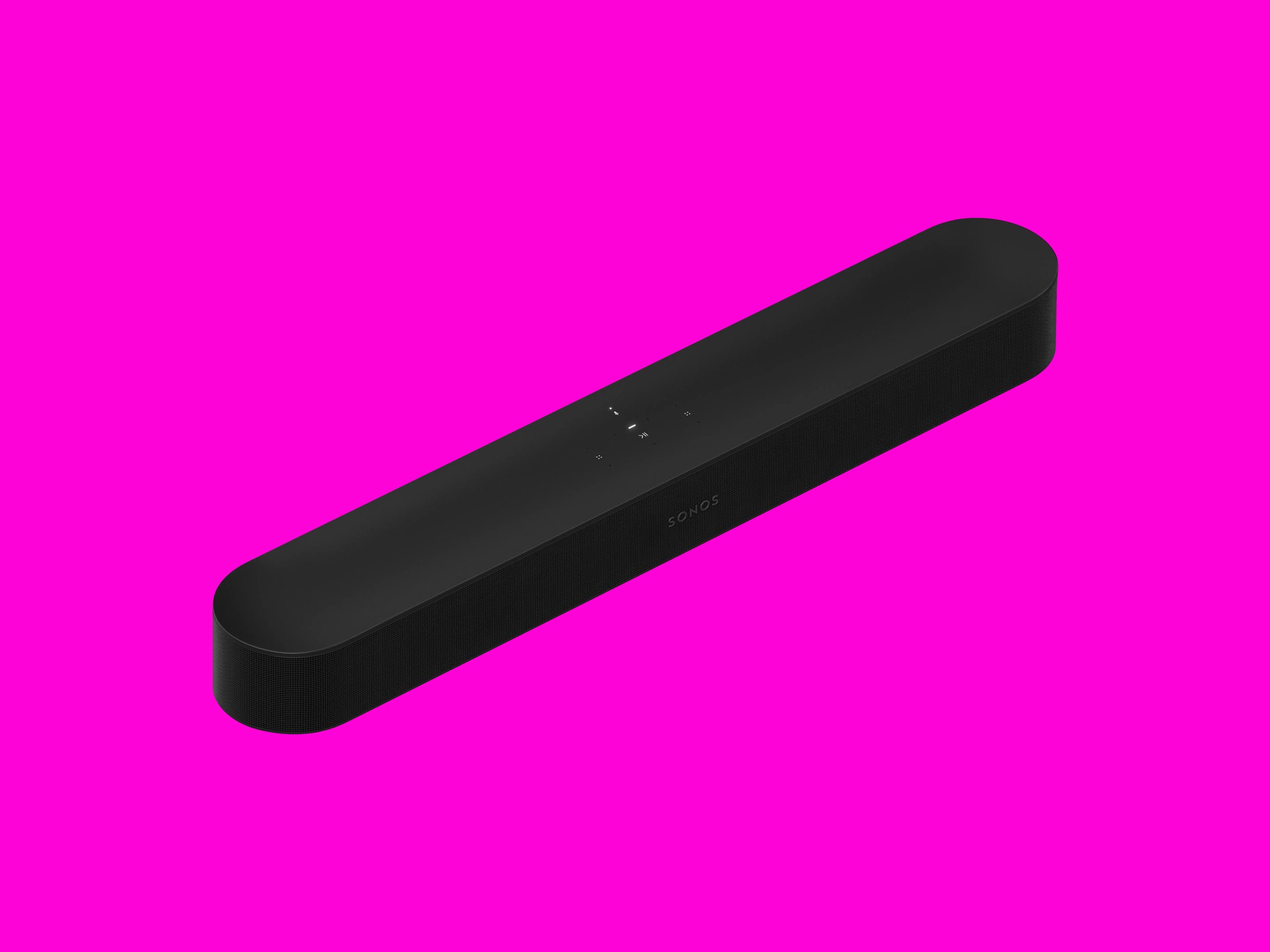
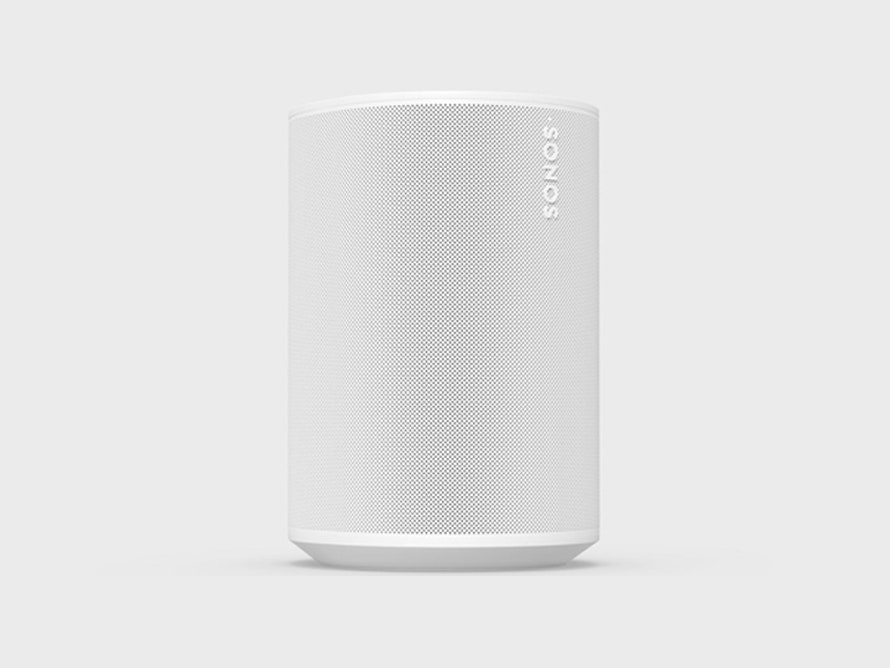
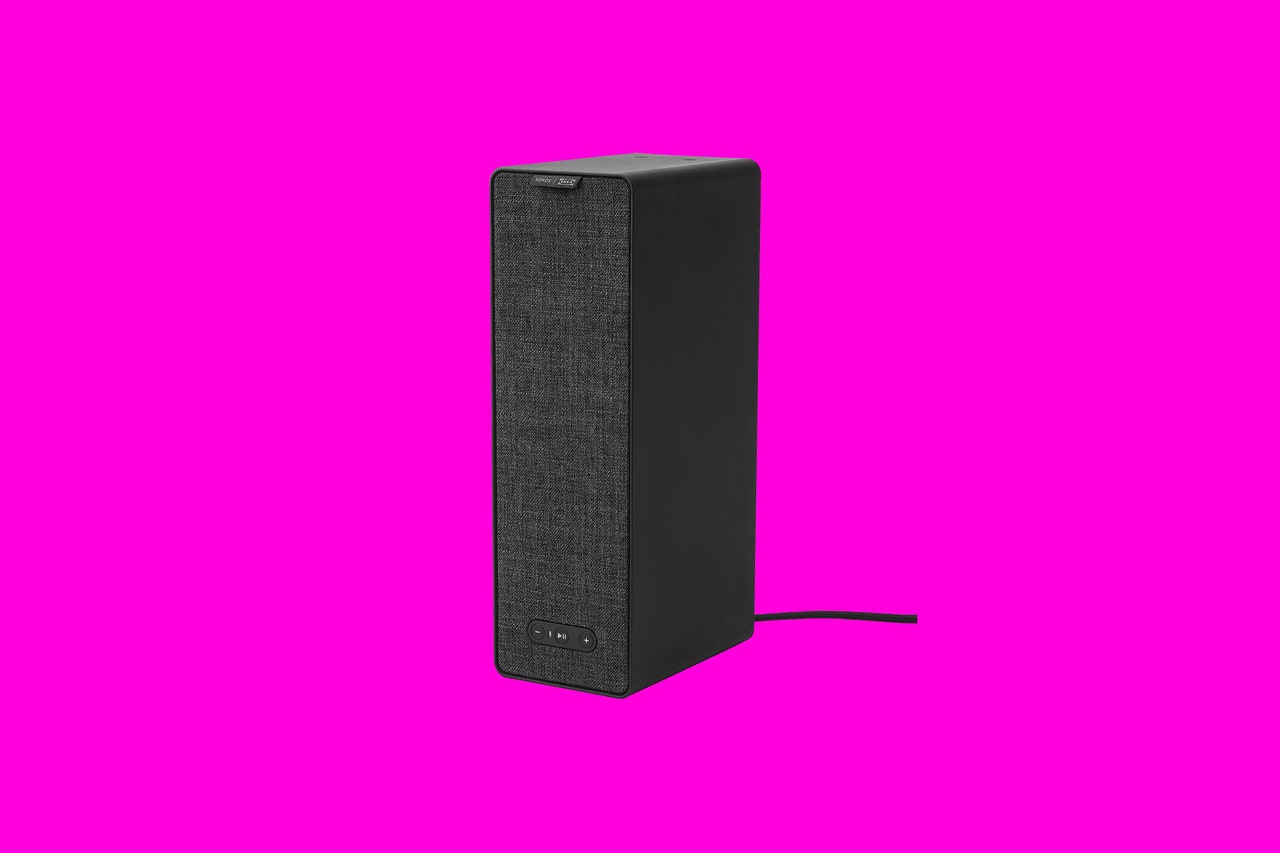
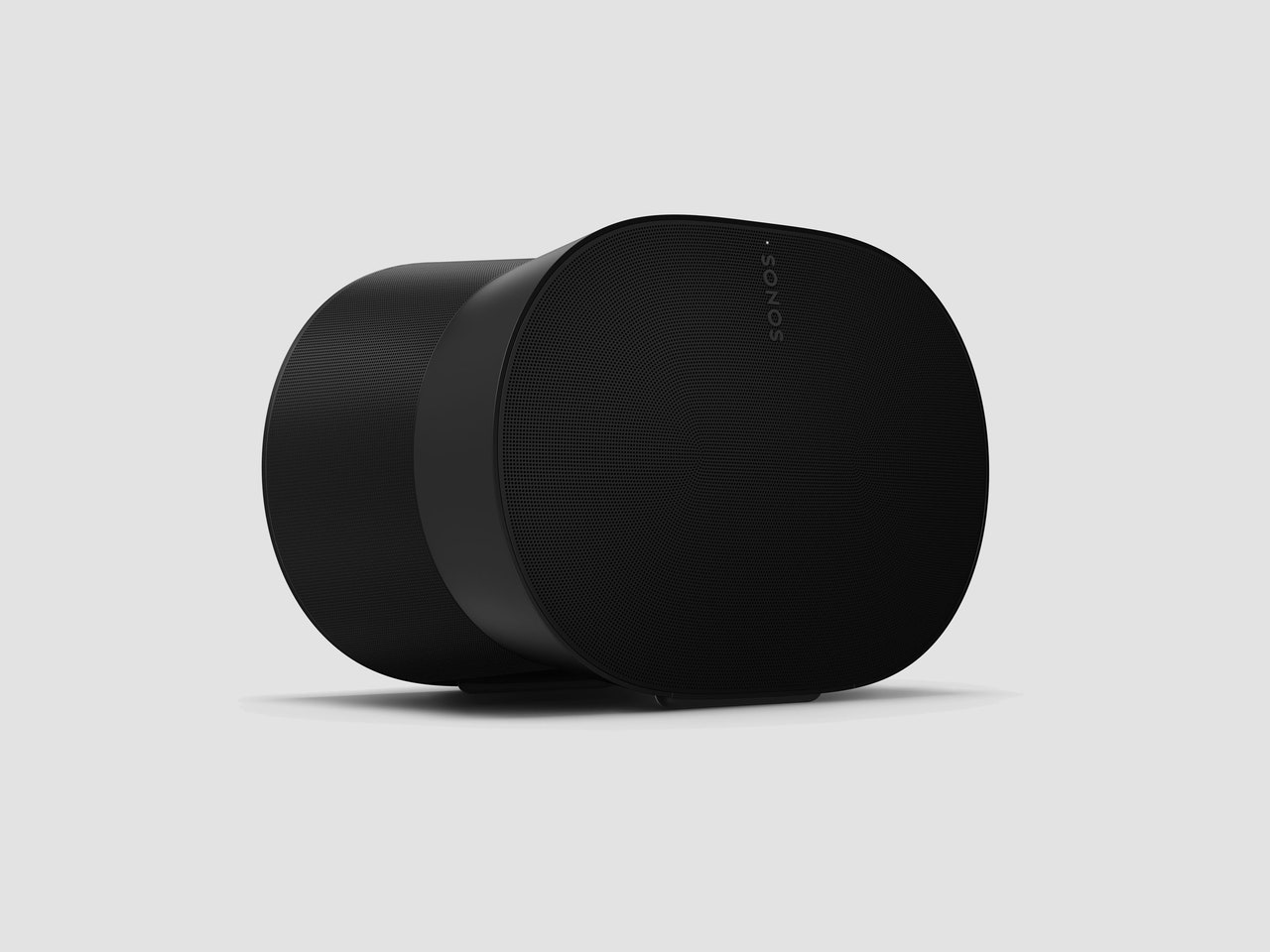
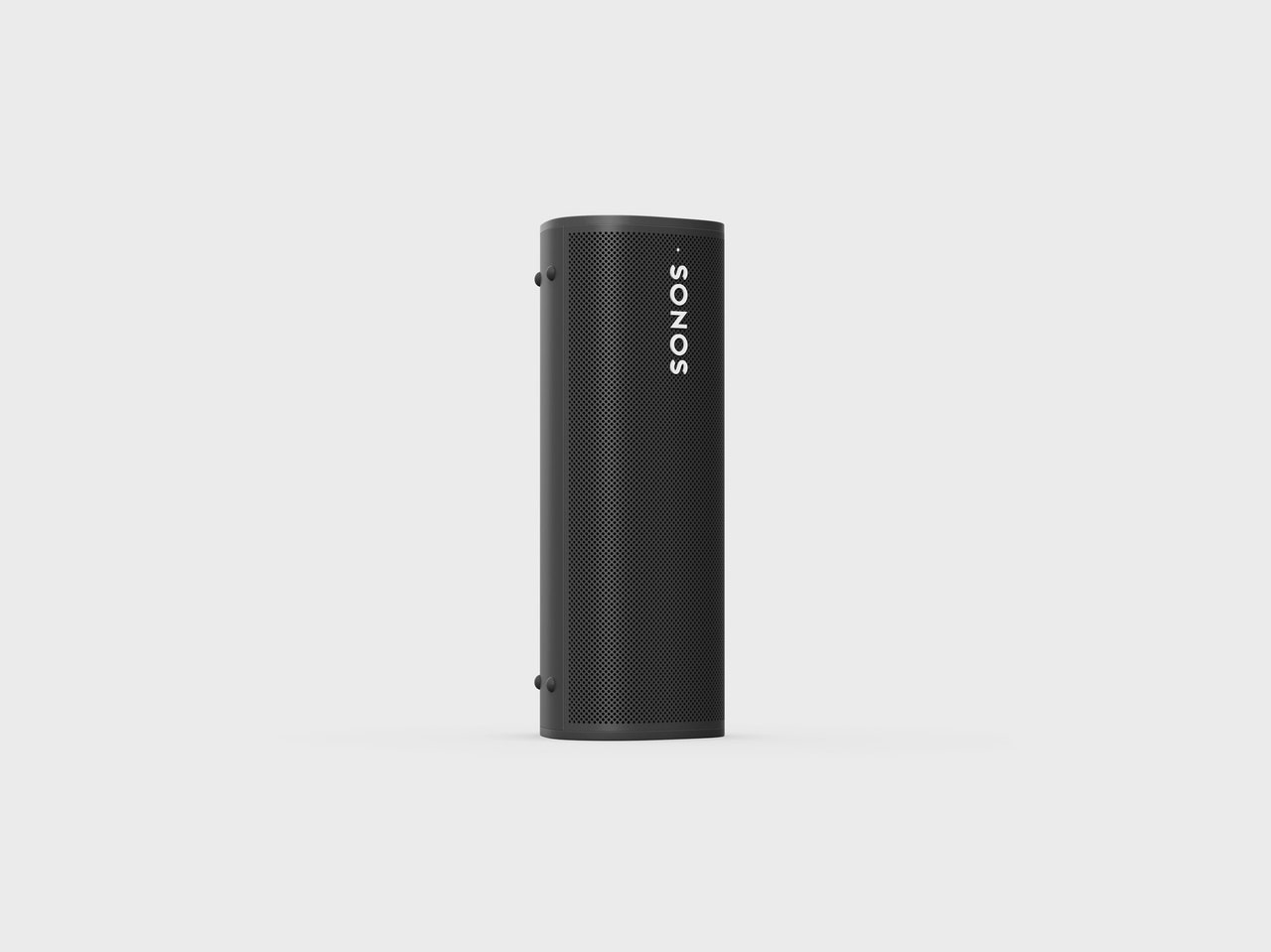
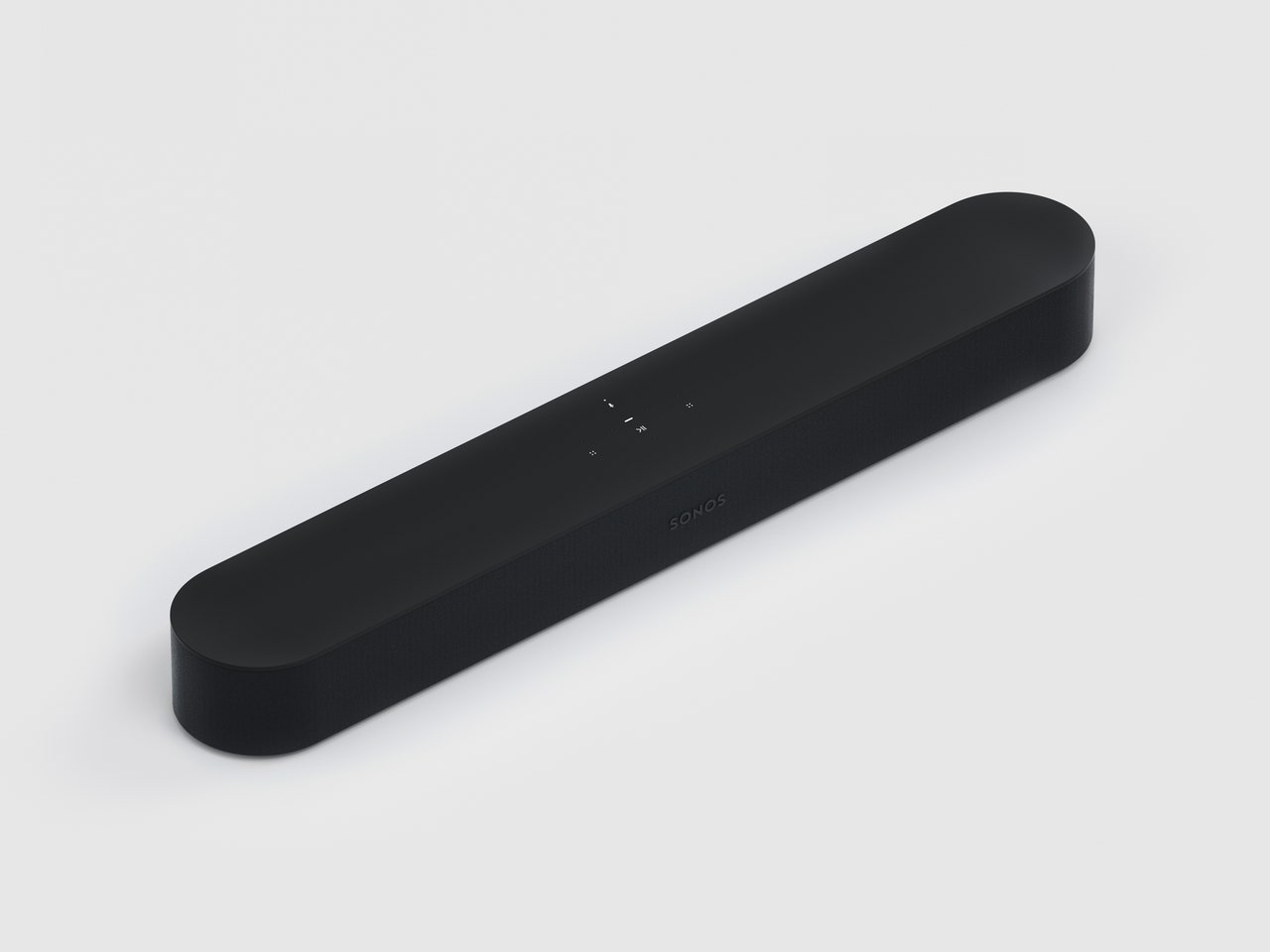
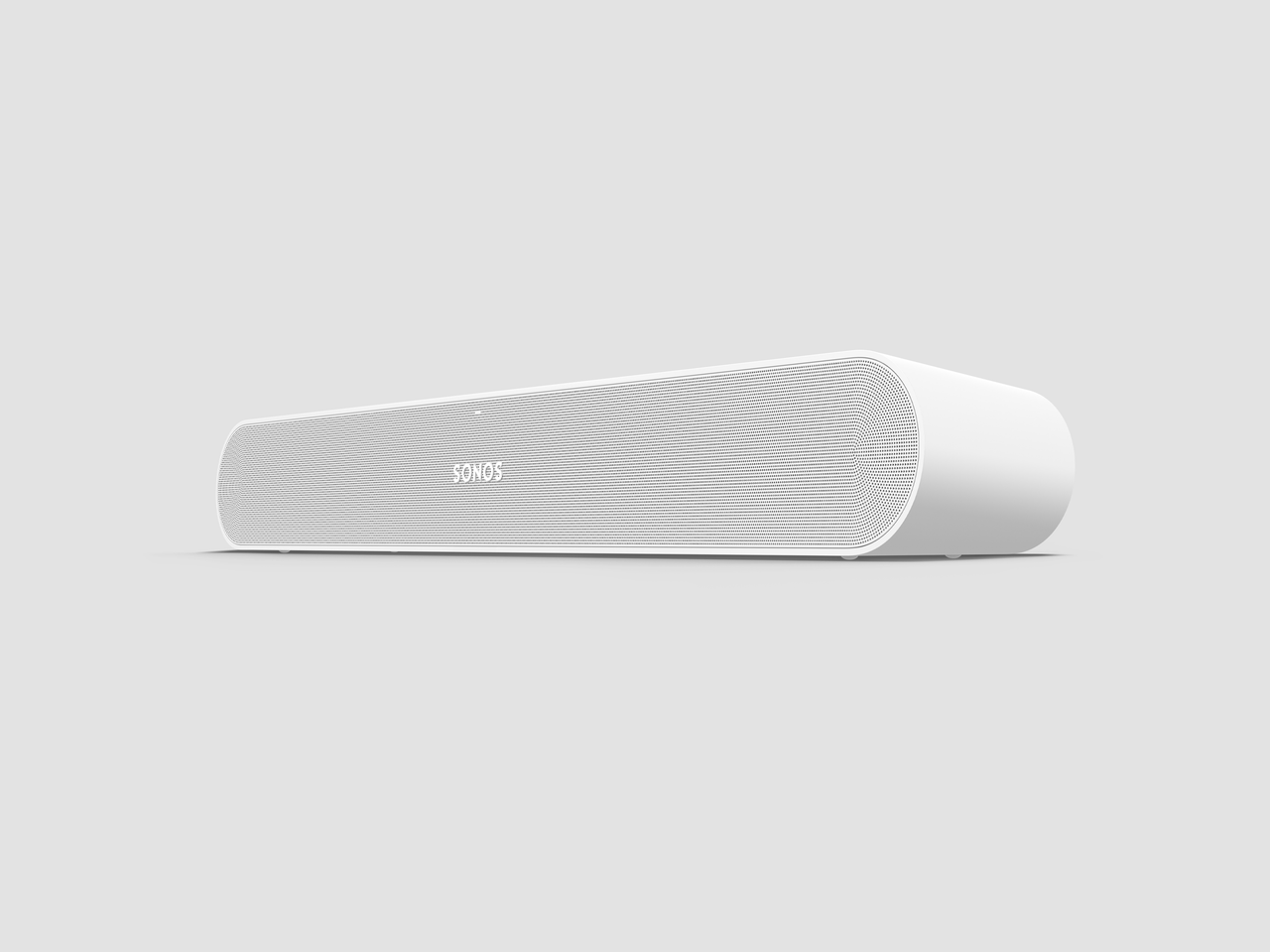
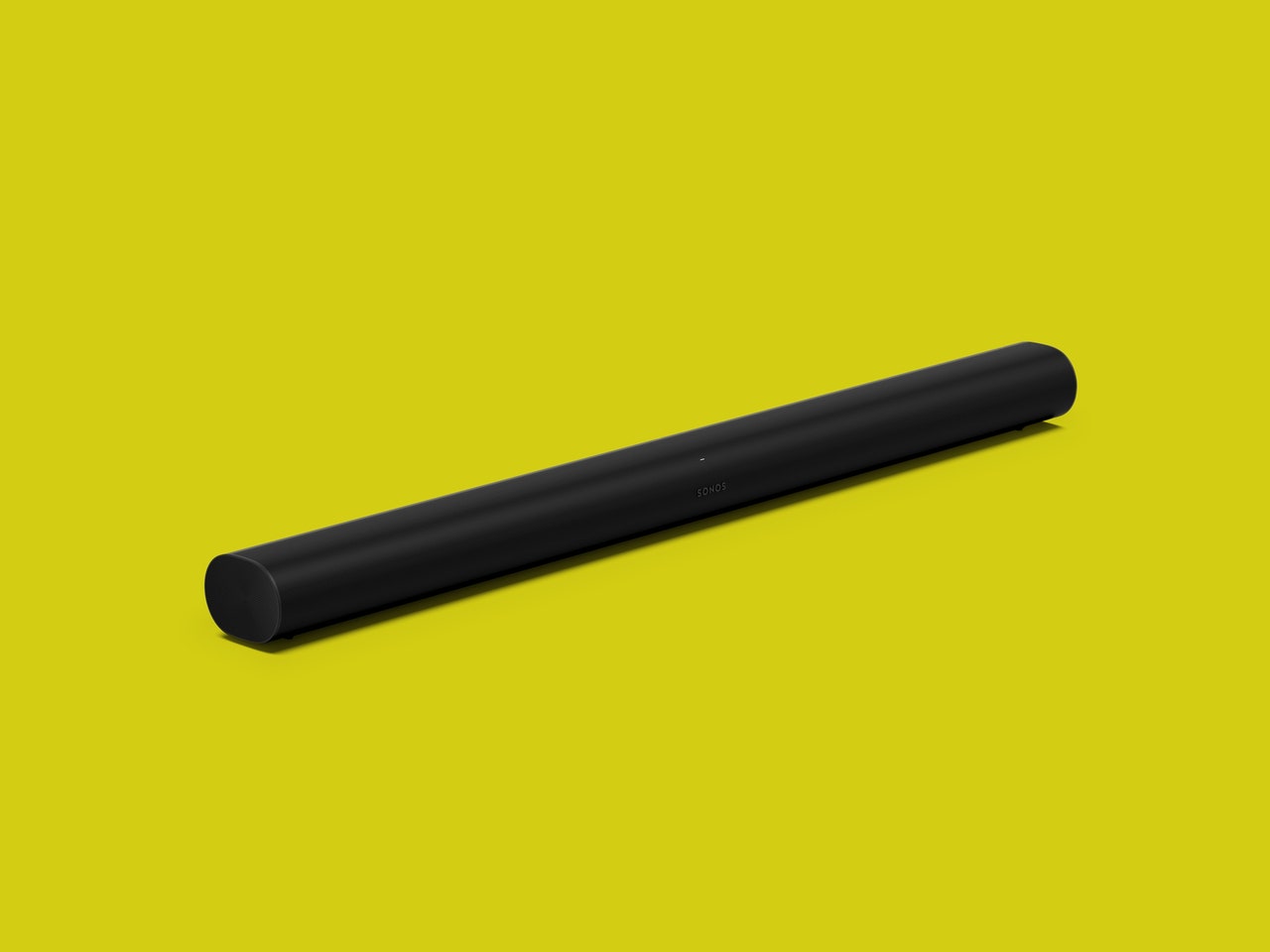
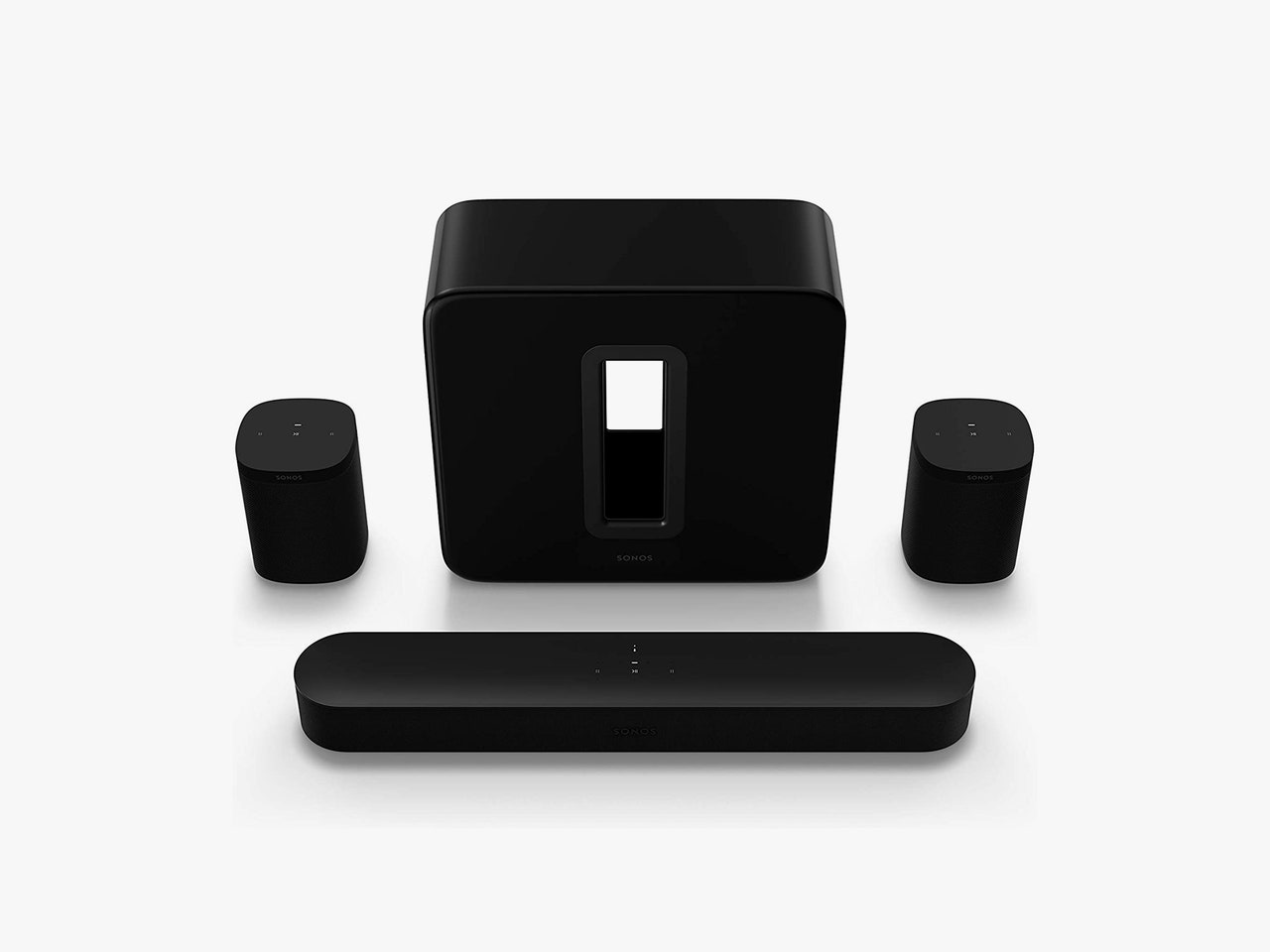
.jpg)

